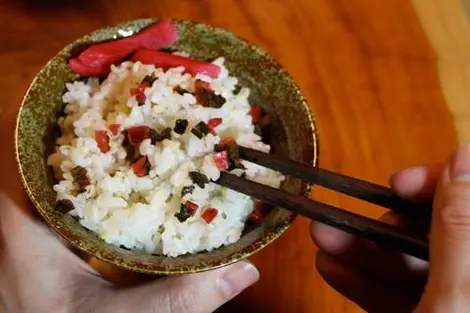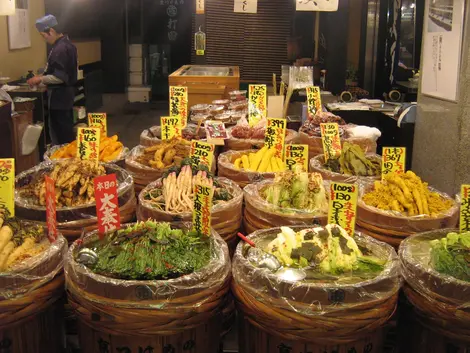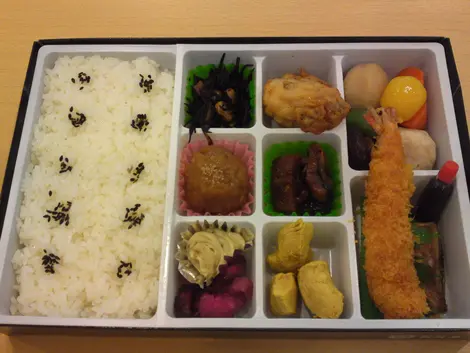Tsukemono 漬物
Japanese pickled vegetables
Tsukemono are one of the key specialties of Japanese cuisine. You rarely find a meal that does not contain them in some form, including bentos. Get to know and enjoy them!
Tsukemono means "macerated things." This is a way of preserving food used by the Japanese to keep vegetables fresh and crisp in any season - particularly during the long winter periods when vegetables were needed for vitamins.
The term tsukemono comprises of a variety of preserved vegetables. Each prefecture has its own specialty, which make for an excellent souvenir.
A touch of freshness
Tsukemono are generally eaten with okazu, an accompaniment, with fish, or in traditional kaiseki cuisine as a way of refreshing the palate between courses. You've probably unknowingly already eat some - remember those red slices of ginger that always accompany sushi? They are found in other forms too, in small pieces and called furikake to sprinkle on white rice for flavor.
Most of the time tsukemono are marinated in a Japanese vinegar, sweet, salty, or suzuke (a mixture of both), or miso. The most popular tsukemono are daikon (radish), ginger, cucumber, and of course the famous umeboshi plums.
Where to find them
Although tsukemono can be easily prepared at home, it's more convenient to buy them. Many stores sell them, including specialized stands in the basements of department stores, but also the vast stores of Nishiki Market in Kyoto, home of traditional kaiseki cuisine.
Tsukemono are a great vegetarian food, very healthy and typically Japanese with its variety of flavours. Everyone is sure to find one they like.
















